Photos: Prepping: SHTF: How To Make Aspirin From Willow Bark – Asprin invented by Germans, stolen by Jews
[Asprin was invented by Germans in WW1. And like everything they invented, the patents were stolen by others. Jews are masters at the art of stealing and making money out of fantastic things invented by Germans. Jan]
By Tony QOctober 16, 2020 06:53
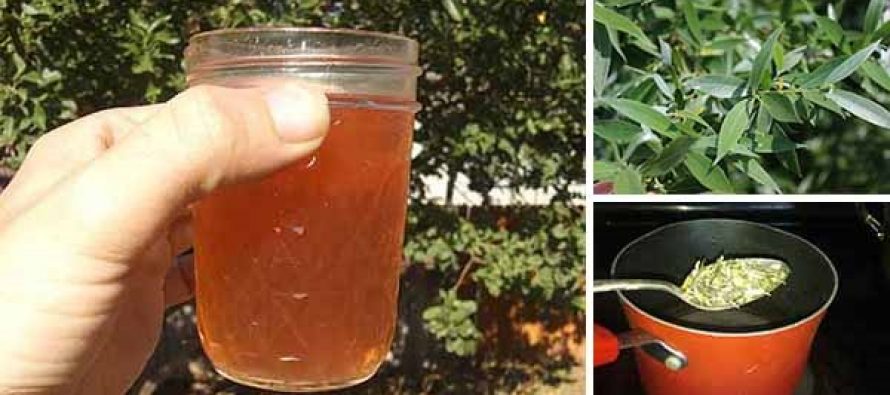
You probably see the name “Bayer” every time you open the medicine cabinet, and most likely it’s on a bottle of aspirin. The Bayer pharmaceutical company originally trademarked the word “aspirin”, and first started marketing it in 1899 as a synthetic form of the naturally occurring chemical “salicin”found in the willow tree.
The name has become iconic now. Aspirin is the generic title for any acetylsalcylic acid medication used to reduce pain, fever, or inflammation. It is so widely used that it’s even on the World Health Organization’s List of Essential Medicines.
Being easy to produce, aspirin is both cheap and readily available. It has some side effects, however, one of which I and many other people experience: a nasty stomach cramp. Using an ancient method our ancestors knew of utilizing the willow tree, I get the medicinal benefits of salicin, the active ingredient in aspirin, without the tummy ache.
Related: How to Make Cabbage Bandages to Treat Inflammation and Joint Pain
Hippocrates wrote about it and so did the Egyptians. Before aspirin, the bark of the willow tree has long been known to treat aches and pains. How to cultivate and prepare it for consumption is valuable knowledge, in the event medicine should become scarce, or handy when far away from a drug store. The process is surprisingly simple and not particularly time consuming.
You probably already know where a whole cluster of willows are. They grow naturally in a large part of the world, and are extensively cultivated wherever they don’t. Most willows are easily identifiable by their slender, bladed leaves.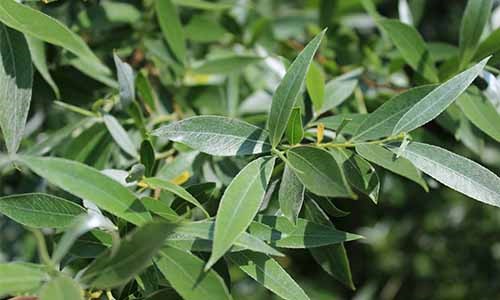 With over 300 species, the good news is that all willows contain some amount of salicin, but the strength varies. It is claimed by some that White Willows are stronger medicinally, but I do a simple taste test of the bark- the more bitter (like an aspirin tablet) the better, I find.
With over 300 species, the good news is that all willows contain some amount of salicin, but the strength varies. It is claimed by some that White Willows are stronger medicinally, but I do a simple taste test of the bark- the more bitter (like an aspirin tablet) the better, I find.
Related: 12 Wild Medicinal Plants You Should Harvest This Fall
The smaller branches work best, so I focus on harvesting these. Using a knife, I peel the bark off of them and the larger twigs attached, similar to the technique used in peeling a potato, but not too deep. There is an outer layer of bark, and an inner which has a greenish color to it, this is what holds the most medicine. The darker wood beneath it all should be discarded.
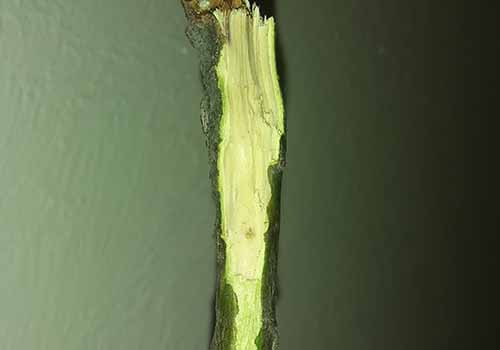 I then cut up the pieces I’m left with using a pair of scissors, enough to fit the bark onto a table spoon for easy measuring.
I then cut up the pieces I’m left with using a pair of scissors, enough to fit the bark onto a table spoon for easy measuring.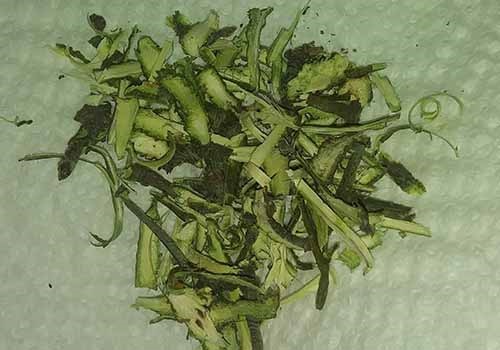 I like taking it as a tea because it is a less labor intensive and quicker way to medicate, but some people will dry and crush the bark into a powder and put into capsules to make a pill.
I like taking it as a tea because it is a less labor intensive and quicker way to medicate, but some people will dry and crush the bark into a powder and put into capsules to make a pill.
Getting the right dosage of pure salicin into the pill can be tricky however, and, as you can imagine, making a fine powder and then trying to pack it into tiny capsules can be frustratingly annoying, and take an awful lot of time.
To brew one cup of tea, I put two cups of water to boil. Once the water is roiling, I drop in two tablespoons of cut willow bark.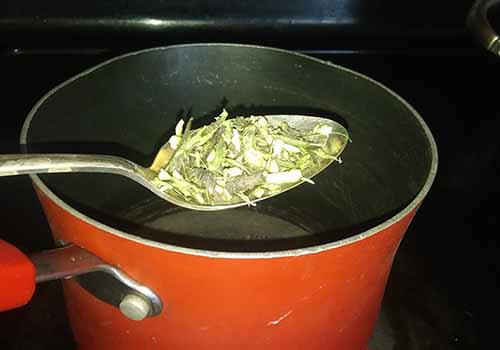 Water will evaporate and soak into the bark, which is why I recommend the measurement of two cups and two tablespoons for one cup of finished tea. The bark is boiled for ten minutes, then removed from the heat and steeped for another ten minutes or more. The bark is then just strained out and it’s ready to drink.
Water will evaporate and soak into the bark, which is why I recommend the measurement of two cups and two tablespoons for one cup of finished tea. The bark is boiled for ten minutes, then removed from the heat and steeped for another ten minutes or more. The bark is then just strained out and it’s ready to drink.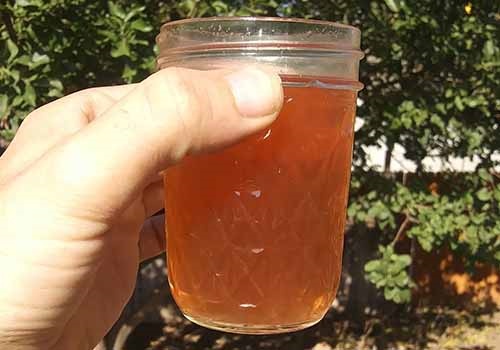 You will notice it has a bitter taste, but not overwhelmingly so. It is important to treat this tea the same you would over the counter aspirin, practicing the same precautions. No more than 3-4 cups per day is recommended, and probably not at all if you have liver or kidney problems.
You will notice it has a bitter taste, but not overwhelmingly so. It is important to treat this tea the same you would over the counter aspirin, practicing the same precautions. No more than 3-4 cups per day is recommended, and probably not at all if you have liver or kidney problems.
Do not take it before surgery, just as you wouldn’t take aspirin, as it could prevent the blood from coagulating. I personally do not feel any of the stomach aches that I usually do taking aspirin, and that reason alone is why I almost always use willow bark instead. Perhaps you might enjoy the same benefit.
Related: 5 Forbidden Remedies That Should Be Legal
As I’ve said, willow trees can be found quite easily anywhere in the Northern Hemisphere, and the odds are good that you can find one planted in more southern regions, too. They are useful for soaking up water and are utilized in flood areas for that purpose. A good place to find a healthy specimen is near ponds, rivers, lakes, or any bodies of water in general.
Willows often have long, slender, lance-like leaves, the tree itself looked at from a distance having a “bushy” appearance and wide crow. To pinpoint a particular species, use something called a “tree leaf key”. These can be found online, or in a field manual similar to the excellent one published but the National Audubon Society.
Most medications either come from Mother Nature, or use her as a model. Nature is the store and model to self reliance. With this willow bark tea alternative you don’t have to sacrifice effectiveness, as it has been time-tested to work over thousands of years. It is shared wisdom from deep down into the roots of human resourcefulness, and should be known by all who prepare to live deliberately. Or, at least it could come in handy if it all hits the fan.

